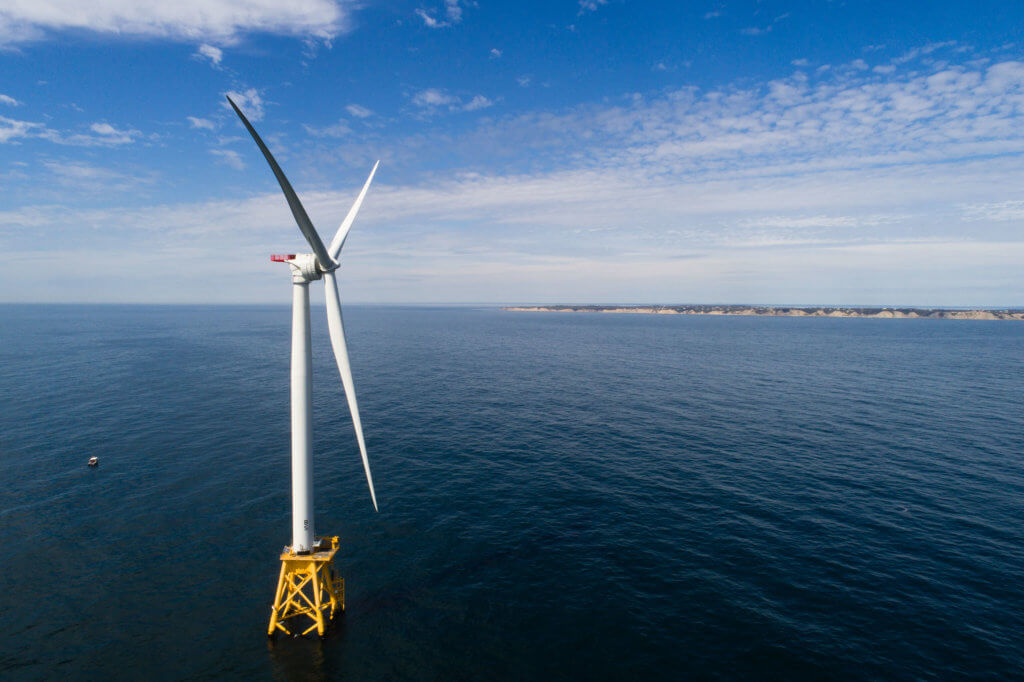Thanks in part to wind, global carbon emissions stall in 2014
The International Energy Agency recently announced that global emissions of carbon dioxide from the energy sector stalled in 2014—an historic accomplishment, given that it marked the first such emissions halt during a period of economic expansion. Wind energy and other renewable electric sources have been a significant contributor to the encouraging trend, according to IEA.
Previously, in 40 years of carbon-emissions data collection, any other halt or reduction has come during economic downturns. The global economy grew by 3 percent in 2014, while global emissions of carbon dioxide stood at 32.3 billion metric tons in 2014, unchanged from the preceding year.
IEA attributed the carbon emissions halt to changing patterns of energy consumption in numerous developed countries. Trends include greater generation from renewable resources, “such as hydropower, solar and wind,” as well as energy efficiency measures, IEA said.
IEA said it will include more details on the data and analysis in its special report on energy and climate to be released in mid-June, but from a U.S. perspective, one thing is clear: Wind energy is making a difference.
Wind energy has been the largest new zero-emission energy source for the past three decades.The American Wind Energy Association calculates that wind has accounted for 28 percent of U.S. electric sector carbon emissions reductions since 2005. In 2014 alone, the U.S. wind fleet reduced carbon dioxide pollution by around 125 million metric tons, equivalent to 26 million cars worth of carbon emissions, and that figure will keep increasing with each megawatt of wind energy added.
According to the Department of Energy’s recently released “Wind Vision” report, wind could provide 35 percent of U.S. electricity by 2050, which would avoid $400 billion in climate change damages.
Many climate experts viewed the IEA news as being both encouraging and timely, as it could provide momentum for negotiations, slated for November in Paris, to reach a global climate deal.
China was one country IEA highlighted as deploying more renewable energy. Late last year, China and the U.S., which lead the rest of the world in carbon emissions, reached a historic agreement to significantly reduce greenhouse gas emissions driving climate change. The bilateral agreement states that the U.S. will reduce carbon emissions between 26 and 28 percent below 2005 levels by 2025.
The news also comes as the U.S. Environmental Protection Agency and stakeholders continue with work on the agency’s Clean Power Plan proposed rule limiting carbon dioxide pollution from existing power plants. As AWEA CEO Tom Kiernan has said, wind is “one of the biggest, fastest, cheapest ways states can comply with the forthcoming EPA rule limiting carbon pollution from existing power plants.”




